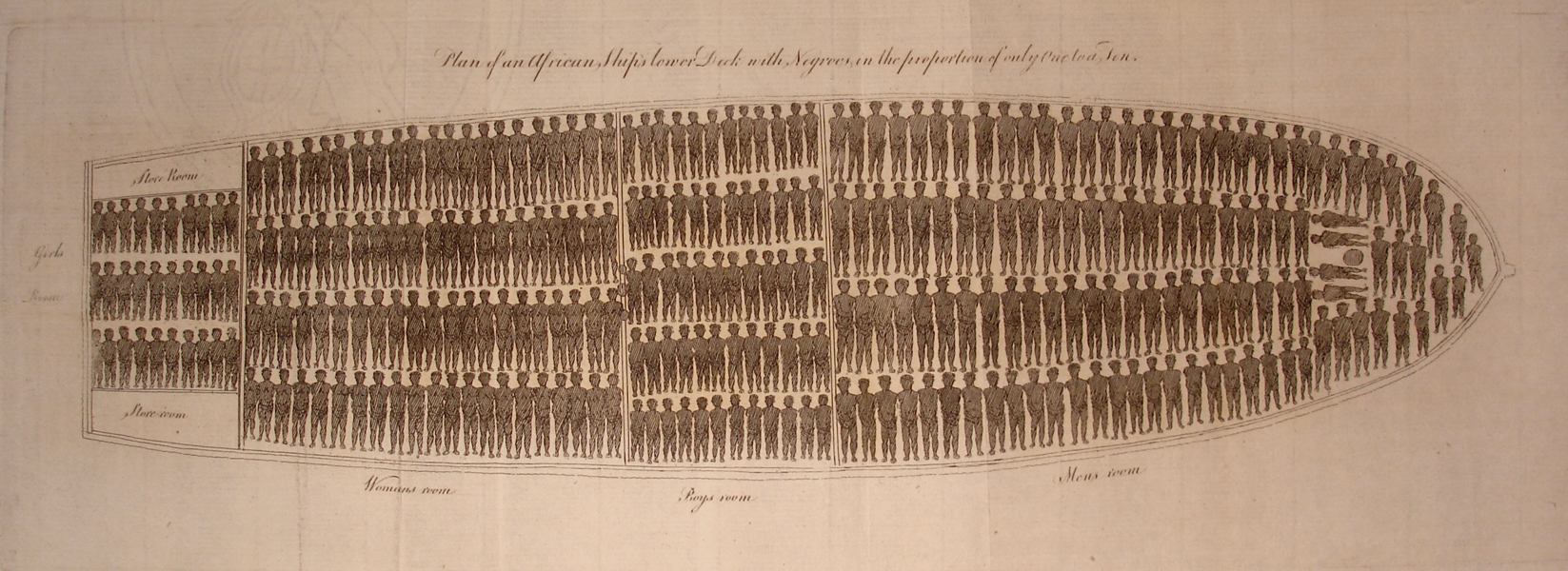 Brief History
Brief History
Capoeira developed as a result of over three hundred years of slavery in Brazil. Enslaved Africans were taken by Portuguese colonists from various cultures in Africa. In Brazil, generations of enslaved African people shared the cultural customs, dances, rituals, and fighting techniques that would combine to become capoeira. Slaves used capoeira to fight to escape and resist capture, but concealed its combative purpose through music, song, and dance. After the abolition of slavery in Brazil in 1888, capoeira was illegal and its practitioners were socially ostracized for over forty years. The legendary Capoeira “Mestre,” or Master, Mestre Bimba rescued the art form and proved its legitimacy, opening capoeira’s first official school in Bahia, Brazil in 1932.
Capoeira was born as an expression of resistance and resilience, and brought spiritual and emotional empowerment. The cultures of enslaved Africans, Brazilian indigenous peoples, and Portuguese immigrants all contributed to the art of capoeira, and the art form is a reflection of the cultural and social integration of the diverse people comprising modern-day Brazil. Capoeira has developed into a means of empowerment and a forum for social and cultural exchange. It is now an internationally respected art of grace and strength that combines ritual, self-defense, acrobatics, and music in a rhythmic dialogue of the body, mind, and spirit.